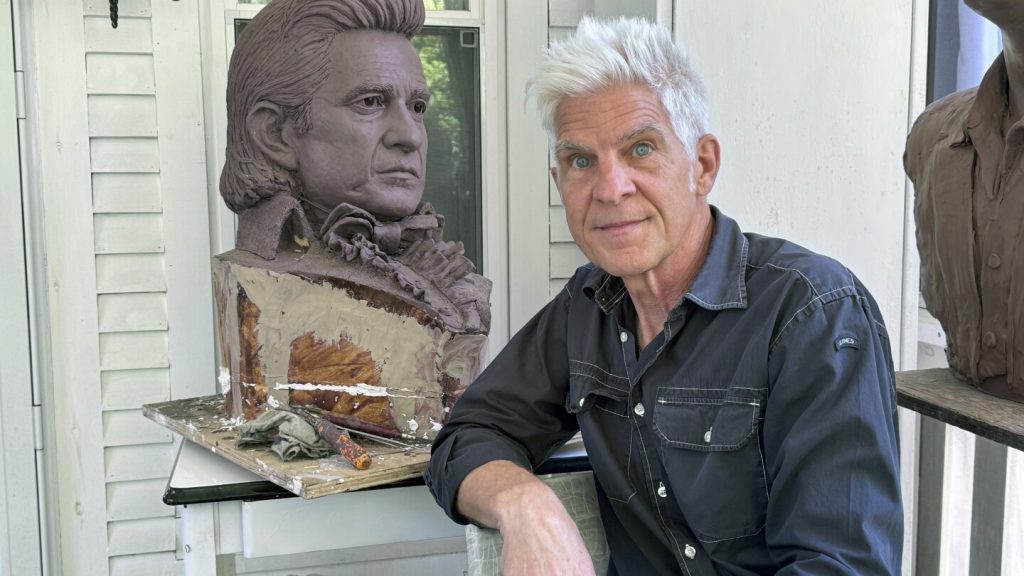In a historic move by Arkansas lawmakers five years ago, the decision was made to replace the statues representing the state at the U.S. Capitol. The existing statues, which had stood for over a century, were of obscure historical figures that few people recognized. Former Gov. Asa Hutchinson, who also served in Congress, recalled giving tours where constituents were unfamiliar with the statues. In their place, statues of civil rights leader Daisy Bates and musician Johnny Cash will soon be installed to represent the state.
Daisy Bates, a prominent civil rights figure in Arkansas, played a pivotal role in the fight for school desegregation by mentoring the Black students known as the Little Rock Nine who integrated Central High School in 1957. The Idaho sculptor, Benjamin Victor, who was chosen to create Bates’ statue extensively studied her life before beginning his work. His hope is that the statue will inspire visitors to learn more about Bates and her legacy. The bronze statue depicts Bates walking with a newspaper in her arm, holding a notebook and pen, and wearing a NAACP pin and rose on her lapel.
Johnny Cash, the legendary musician born in a small town in Arkansas, achieved global success with 90 million records sold worldwide across various genres. The 8-foot tall statue of Cash depicts him with a guitar slung across his back and a Bible in his hand. Little Rock sculptor Kevin Kresse, who created the statue, views Cash as a much-needed addition to the Capitol to balance the conflict in Congress. The statues of Bates and Cash will replace ones depicting historical figures that had come under scrutiny, particularly over racist remarks made by one of the figures.
The push to replace the previous statues came from Republican Sen. Bart Hester in 2018, with broad recognition that it was time for a change. Democratic state senator and great-great-grandson of the former governor depicted in one of the statues, Clarke Tucker, also called for his ancestor’s statue to be removed. Former Gov. Hutchinson signed a law in 2019 requiring the installation of the Bates and Cash statues, but the process of choosing their replacements was challenging. Lawmakers considered various ideas before settling on Bates and Cash, aiming to represent the common people of Arkansas and showcase the diverse figures the state has produced over the years.
The selection of Bates and Cash as the new statues is seen as a reflection of the common folks of Arkansas, with their significant contributions to civil rights and music respectively. Sen. David Wallace, who sponsored the legislation to replace the previous sculptures, expressed hope that these new statues would provide a more accurate representation of the types of figures that Arkansas has produced. The installation of the Bates and Cash statues at the U.S. Capitol is expected to highlight the state’s rich history and diverse contributions to American society.


